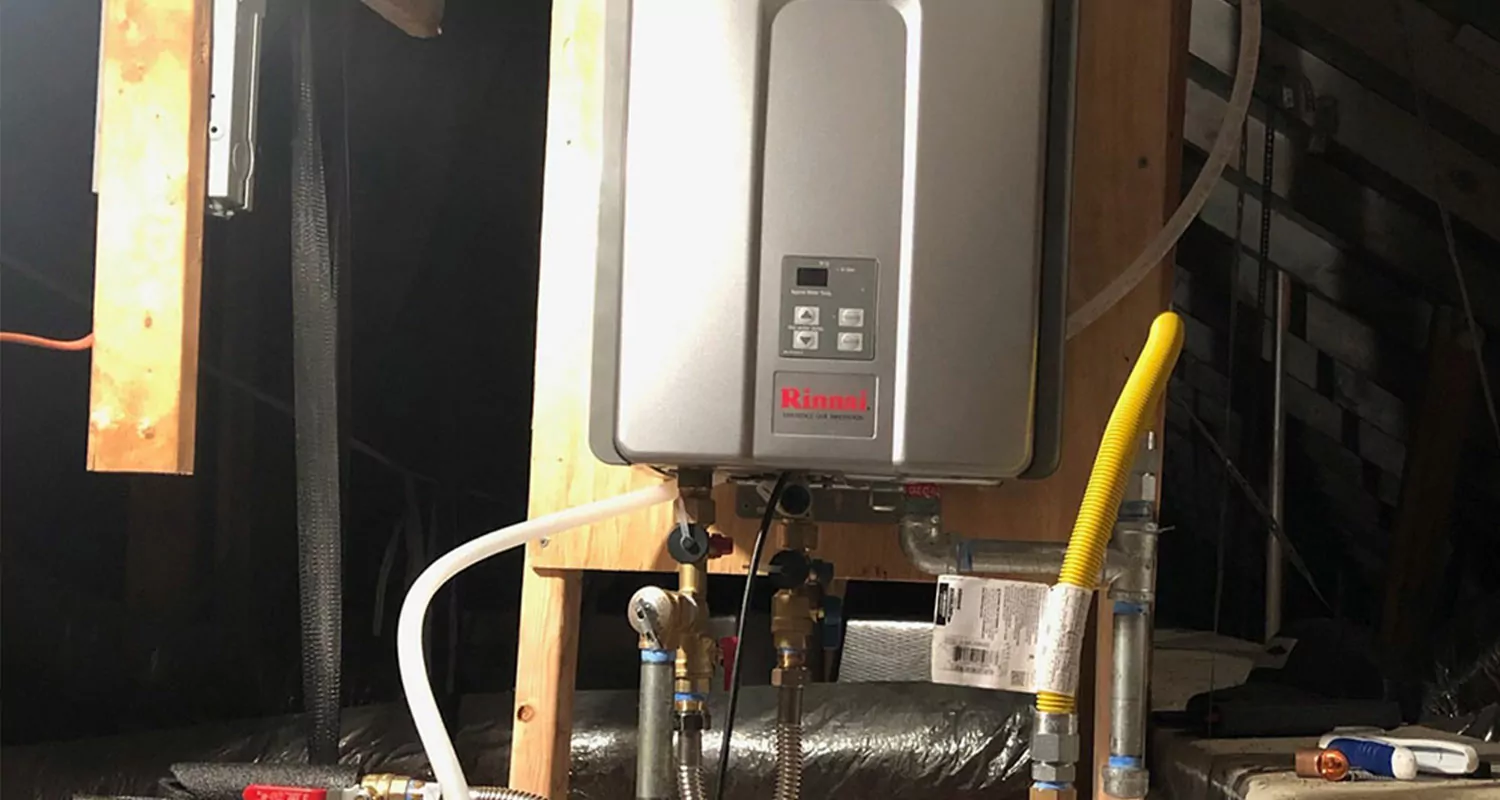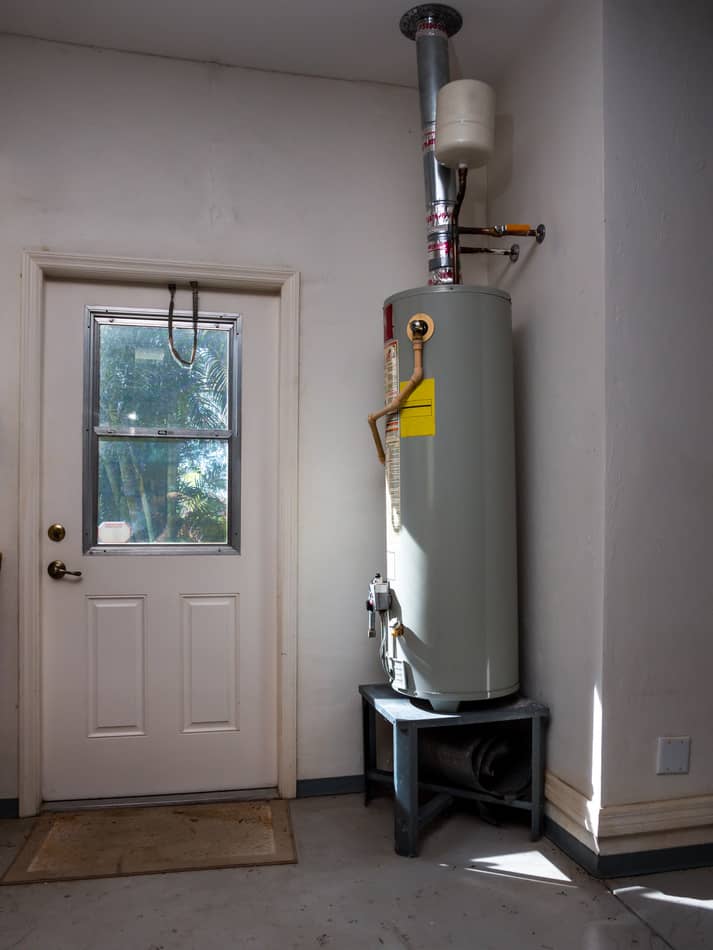Listed here on the next paragraphs you will find a good deal of sensible advice regarding What Kind of Maintenance Do Water Heaters Need?.

Warm water is vital for day-to-day comfort, whether it's for a refreshing shower or cleaning dishes. To guarantee your hot water system runs successfully and lasts much longer, regular maintenance is key. This short article provides functional suggestions and understandings on exactly how to maintain your home's warm water system to avoid disturbances and costly repair services.
Intro
Preserving your home's warm water system might appear challenging, yet with a few straightforward steps, you can guarantee it operates efficiently for many years ahead. This guide covers every little thing from understanding your hot water system to do it yourself maintenance ideas and recognizing when to contact specialist assistance.
Relevance of Maintaining Your Warm Water System
Regular upkeep not just prolongs the life-span of your hot water system however also ensures it runs efficiently. Ignoring upkeep can result in lowered efficiency, higher power bills, and even premature failure of the system.
Indications Your Hot Water System Requirements Upkeep
Recognizing when your warm water system needs attention can avoid major problems. Keep an eye out for indicators such as irregular water temperature level, strange noises from the heater, or rustic water.
Comprehending Your Warm Water System
Prior to diving right into upkeep jobs, it's handy to recognize the standard components of your hot water system. Generally, this includes the water heater itself, pipes, anode rods, and temperature controls.
Monthly Maintenance Tasks
Regular monthly checks can help catch minor concerns prior to they rise.
Purging the Hot Water Heater
Purging your hot water heater eliminates sediment accumulation, enhancing efficiency and prolonging its life.
Checking and Replacing Anode Rods
Anode poles protect against deterioration inside the container. Evaluating and replacing them when worn out is essential.
Inspecting and Adjusting Temperature Setups
Readjusting the temperature level setups guarantees optimal performance and safety.
Do It Yourself Tips for Upkeep
You can do a number of maintenance jobs on your own to keep your hot water system in leading problem.
Looking for Leaks
Routinely inspect pipelines and links for leaks, as these can lead to water damages and greater expenses.
Testing Stress Alleviation Valves
Checking the stress safety valve ensures it functions appropriately and protects against extreme pressure build-up.
Shielding Pipes
Insulating warm water pipelines lowers warmth loss and can conserve energy.
When to Call an Expert
While DIY maintenance is useful, some issues require specialist knowledge.
Complex Concerns Needing Professional Aid
Examples consist of major leakages, electrical troubles, or if your water heater is consistently underperforming.
Regular Expert Upkeep Perks
Professional upkeep can include detailed inspections, tune-ups, and making certain compliance with safety and security requirements.
Conclusion
Routine maintenance of your home's hot water system is essential for effectiveness, longevity, and expense savings. By complying with these tips and understanding when to seek expert aid, you can make certain a trustworthy supply of hot water without unexpected interruptions.
How to Maintain an Instant Hot Water Heater
Before tinkering with your hot water heater, make sure that it’s not powered on. You also have to turn off the main circuit breaker and shut off the main gas line to prevent accidents. Also turn off the water valves connected to your unit to prevent water from flowing into and out of the appliance. 2. When you’re done, you have to detach the purge valves’ caps. These look like the letter “T” and are situated on either side of the water valves. Doing so will release any pressure that has accumulated inside the valves while at the same time avoid hot water from shooting out and burning your skin. 3. When the purge valves’ caps are removed, you have to connect your hosing lines to the valves. Your unit should have come with three hoses but if it didn’t, you can purchase these things from any hardware or home repair shops. You can also get them from retail stores that sell water heating systems. Read the user’s manual and follow it to complete this task properly. When the hosing lines are connected, open the purge port’s valves. 4. You should never use harsh chemical cleaners or solutions when cleaning your unit. Make use of white vinegar instead. It should be undiluted and you’ll probably use about 2 gallons. 5. Now flush your water heater. This task should probably take about 40 minutes. We can’t give you specific directions for this because the procedure is carried out depending on the type, model and brand of your heater. With that being said, refer to the user’s manual. 6. When you’re done draining the unit, you have to turn off the purge port valves again. Remove the hosing lines that you earlier installed on each of the water valves. Put the valve caps (purge port) back in their respective places and be very careful so as not to damage the rubber discs that are found inside these caps. 7. Now that everything’s back in place, check your user’s manual again to find out how to reactivate your water heating system. 8. Once it is working, turn one of your hot water faucets on just to let air pass through the heater’s water supply pipes. Leave the tap on until water flows smoothly out of it. https://www.orrplumbing.com/blog/2014/september/how-to-maintain-an-instant-hot-water-heater/

As a keen person who reads on Tips For Maintaining Your Hot Water Heater, I imagined sharing that excerpt was mandatory. In case you enjoyed our blog entry kindly don't forget to share it. Thanks a bunch for being here. Return soon.
About